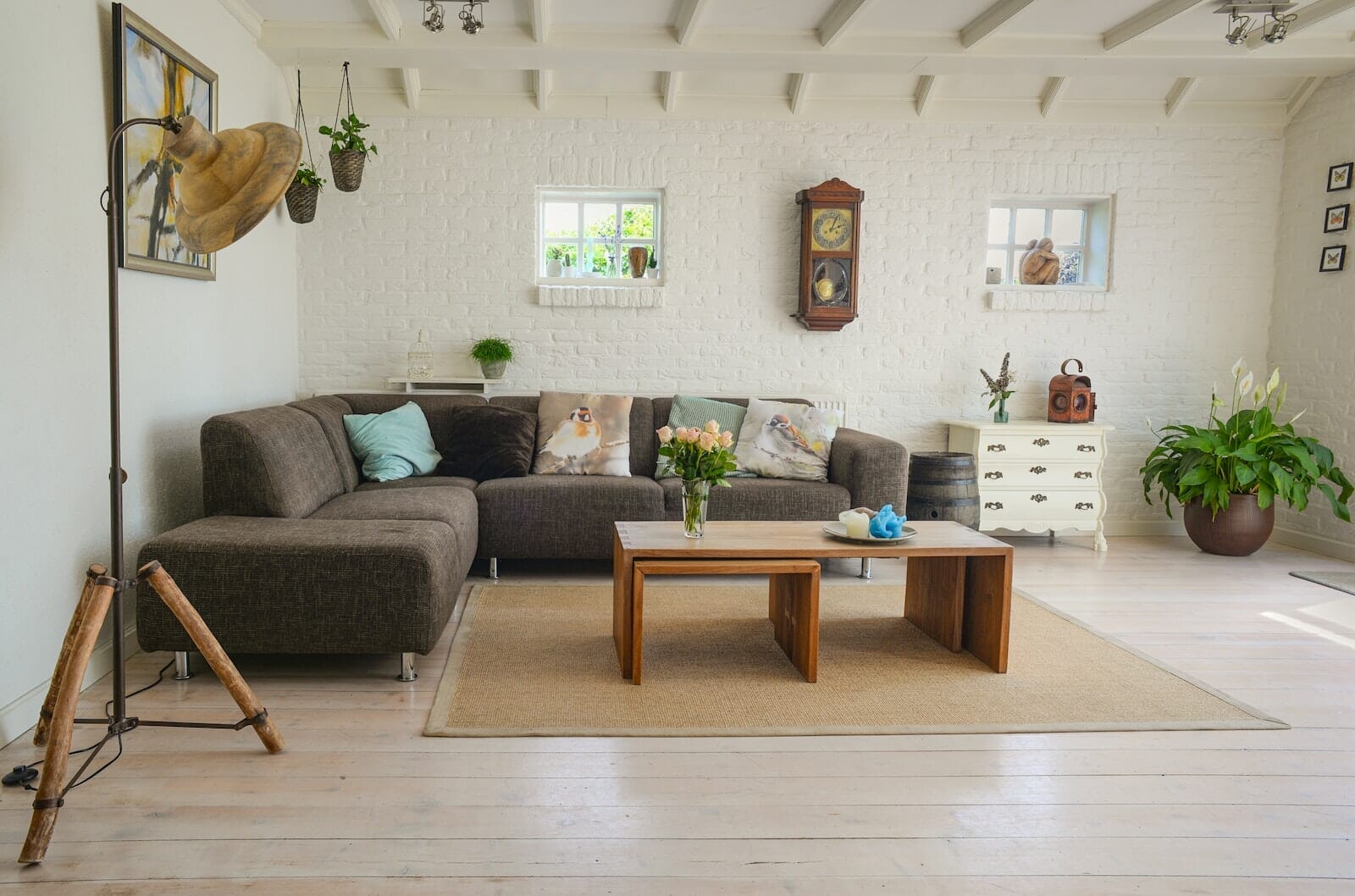What factors should I consider when looking for land to build a cabin house?

- Terrain – Leveling, grading, excavating, and filling hilly or uneven sites adds expense.
- Trees and vegetation – Clearing dense trees, roots and brush is costly, especially on larger lots.
- Soil suitability – Special foundations, drainage or treatment may be needed for poor soils.
- Utilities – Running utility lines long distances or installing septic, wells, etc. increases costs.
- Permitting – Complex permitting, surveys and inspections add fees for some sites.
- Environmental impact – Mitigation like shoreline restoration or wetland buffers add to development costs.
- Waste removal – Hauling off cleared trees, debris and materials can be expensive.
- Professional help – Architects, surveyors, contractors and other services boost the budget.
- Timeline – Rushing work to complete it faster typically results in higher costs.
To minimize land development costs, look for land that is clear, flat, dry, and close to existing roads and utilities. Also budget contingencies for unknown factors that may arise. With careful planning and realistic expectations, developing raw land for a cabin can be affordable.
How can I make sure the land has a building site for a cabin house?
Verifying that a piece of land has a suitable site to build a cabin house is important before purchasing. Here are some tips:
- Walk the property looking for flat or gently sloping areas that could accommodate the cabin’s footprint as well as parking, decks, etc.
- Consider hiring an architect or draftsperson to evaluate feasibility of potential sites.
- Research local zoning setbacks and make sure identified sites meet those requirements.
- Evaluate road, utility and driveway access to potential building locations.
- Perform a soils test to identify stable soils capable of supporting foundations and septic systems.
- Consult an arborist about whether existing trees limit build sites or need removal.
- Consider views, sun exposure, wind protection and privacy for each possible site.
- Review property maps and surveys for features like easements, rights of way, or wetlands that could restrict building.
- Determine if temporary structures like RVs or travel trailers could be placed to test living on the site.
- Contact the local building department to identify any limitations or restrictions on construction.
Taking time to thoroughly assess potential building sites in person and on paper will ensure no surprises arise after purchasing land. Confirm an ideal cabin site exists before making an offer.
Key Takeaways
- Research local zoning regulations, lot sizes, and setback requirements.
- Look for land with suitable topography – gently sloping and well-drained.
- Make sure road access and utilities are present or can be installed.
- Weigh pros and cons of waterfront property carefully.
- Balance keeping natural trees for beauty with clearing for the build site.
- Consider costs to develop raw land like clearing, access, utilities and permitting.
- Verify in advance that the land has a clearly viable cabin building site.
Conclusion
Choosing the right property is key to building a cabin house. Evaluate zoning restrictions, natural terrain, access, utilities, trees, and costs when assessing land options. Thoroughly inspect potential sites in person before purchasing to ensure the property can accommodate your planned cabin. With research and preparation, you can find and develop the perfect land for your cabin in the woods.
Kontraktor Rumah Kabin
Rumah Kabin Murah
Rumah Kontena Vs Rumah Kabin
Rumah Kabin Pasang Siap
Senarai Harga Kabin di Malaysia
Heavy Duty Cabin
Light Duty Cabin












